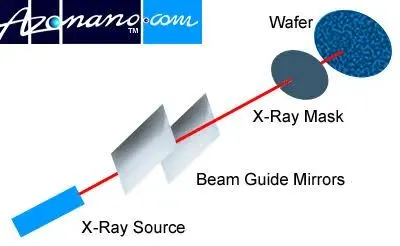
“Blueberry milk nails” are apparently the manicure style for summer.
The so-called aesthetic has been stamped with covetable labels: “most-wanted”, “freshest”, and “celebrity-approved”. Through late June and July, the style went viral, thanks to a combination of a core group of celebrities spotted wearing the particular polish online (think: Sofia Richie, Dua Lipa), and trend forecasters on TikTok jumping to identify the color. On Google, “blueberry milk nails” even became a breakout search term.
But, as TikToker Vaishnvi pointed out, in a widely-shared video with nearly 2 million views, this manicure is nothing more than a shade of light blue. “Blueberry milk” is just a deeply poeticized way of putting it. At most, the specific blue being promoted by influencers and media outlets can be described as powdery or pale.
Think pink: The rise and evolution of #Barbiecore
And this points to a larger problem, that the internet is now challenging: one of homogeneity and an increasingly short-lived, ever-changing trend cycle.
People online are debating the trend trap, proposing that society is falling into it more than ever, and in doing so, are losing a sense of self and individuality. Vaishnvi, for example, said in her video, “America is having an individuality crisis.” She went on to discuss Hailey Bieber and Richie’s insurmountable influence on trends. If Richie parts her hair a certain way, she has officially “brought back” the side part. If Bieber does…anything, that becomes a bonafide beauty trend.

Credit: @yodeebs

Credit: @cynthiamhuang
This aspect to celebrity culture isn’t exactly new. It’s long been the underlying force behind influencing, advertising, and marketing: those who wield cultural influence, especially in beauty or fashion, are credited with trends that we then see replicated in everything from stores to streetwear. Many have declared that the time of celebrity influence is over, but our obsessions with aesthetics — and the way items like culturally-rebranded but nonetheless-regular blue nail polishes fly off the shelves — may say otherwise.
The people speaking out against “blueberry milk nails” seem to be those who are drained by the promotional undertones of online buzz; done with the modern trend-cycle that has shrunk from years to months; and skeptical of influencing in general. Look no further than the rise of deinfluencing on TikTok this year. Tired of the rampant consumerism on the app, people began critiquing viral goods like masaras and lip oils, turning a critical eye on influencers. Deinfluencing, which has over 747 million views on TikTok, hasn’t slowed down.
The backlash against “blueberry milk nails” seems to converge with this movement, or at least this sort of thinking. It’s also a comment on the commercialization and superfluous branding of even the most nondescript products and historically-present ways of dressing. Romanticized phrases (latte makeup, coastal cowgirl, glazed donut nails) render everything a conscious, tangible aesthetic. There seems to be a collective exasperation over this pattern.
TikToker @c.a.i.t.l.y.n analyzed why these nails had the internet “uniquely upset”, in a post that garnered over 3 million views. “Capitalism only offers us the perception of choice,” she says. Products that result in trends like “blueberry milk nails” are essentially a “marketing scheme”, she continues, and as a result of capitalism, have merely been “selected for you.”
“Blueberry milk nails are not the point,” she goes on to say in another video. “The fact that we’re constantly being sold the same things, repackaged into an endless cycle of consumption is.”
It’s no secret that TikTok is a way to sell a certain image, a curated dream. Aesthetics, neatly-tied and labelled, can quickly became crazes on the platform, which is a machine for consumerism in itself. What these TikTokers are fighting against is the constant flow of consumerism. But they’re also, crucially, pushing against the idea that such trends are the epitome of taste and creativity. They may, in fact, be the very opposite.






